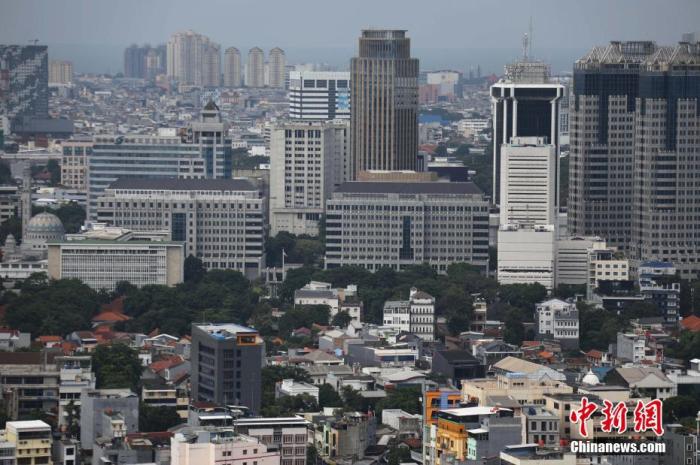China News Service, July 15th. According to Singapore’s Lianhe Zaobao, Indonesia added 50,000 confirmed cases of new crowns in a single day on the 14th, surpassing India to become the new epicenter of the epidemic in Asia and the highest number of confirmed and dead cases Southeast Asian countries.
Data map: On March 22, employees of Ngurah Rai International Airport in Bali, Indonesia lined up for vaccination.
Photo by Ye Lu issued by China News Agency
[Delta mutant virus ravages the public health system and is on the verge of collapse]
The number of confirmed new crown cases in Indonesia has been on the rise since mid-June. On the 12th and 13th, there were 40,000 new cases in two consecutive days. On the 14th, the number of confirmed cases exceeded 50,000 for the first time, reaching 54517 cases, the highest in history. There are less than 10,000 new cases every day.
According to reports, the outbreak in Indonesia is mainly caused by the delta variant virus that is raging outside of Java. Indonesian authorities are worried that this more contagious variant virus may increase the pressure on medical staff and deplete the supply of drugs and medical oxygen. .
Indonesian Minister of Health Budi pointed out that if this wave of epidemic cannot be controlled, the capital Jakarta and Yogyakarta may become "severely affected areas."
He said that if the number of new cases continues to rise in the next two weeks, the isolation and intensive care unit beds in Jakarta and Yogyakarta hospitals will be full; the current bed utilization rates in these two places are 86% and 90% respectively.
Despite the severe epidemic in Indonesia, the current number of new cases in a single day is still far below India's peak of 400,000 cases a day in May.
The number of confirmed cases in Indonesia has so far exceeded 2.6 million, which is less than one-tenth of the over 30 million cases in India.
However, India’s total population is about five times that of Indonesia, and India’s new cases fell below 33,000 on the 13th, which means that compared with Indonesia, India’s catastrophic epidemic has already faded.
The positive rate of COVID-19 in Indonesia is 27%, which is much higher than India's 2%.
Data map: A corner of the downtown area in central Jakarta, Indonesia.
Photo by China News Agency reporter Lin Yongchuan
[Uneven distribution of vaccines in the world leads to the consequences of the Indonesian epidemic]
According to Lianhe Zaobao, the Indonesian epidemic has highlighted the consequences of uneven global vaccine distribution. Rich countries have more vaccine supplies, while poor areas are exposed to the risk of variant viruses such as delta.
The Director-General of the World Health Organization Tedros Adhanom Ghebreyesus previously called this widening gap a "catastrophic moral failure."
According to Bloomberg's new crown vaccine tracking data, only about 10% of the population in Indonesia have been vaccinated, and 14% in India, which is much less than the 52% in rich countries such as the United States and 46% in the European Union.
The low level of vaccination has caused developing countries to experience an increasing number of confirmed cases and deaths.
Indonesia administers an average of only 700,000 doses of coronavirus vaccine per day this month, which is below the 1 million dose set by the authorities.
The health authorities stated that this was due to a shortage of vaccine supply. The authorities hope that after receiving more vaccines next month, the vaccination rate will be increased to 2 million doses per day.

